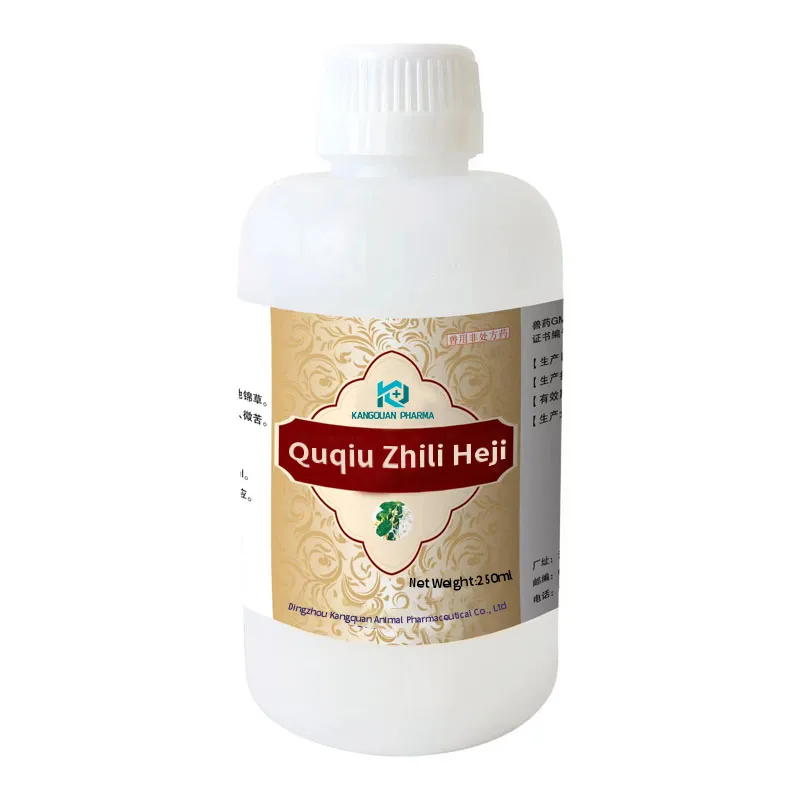- Afrikaans
- Albanian
- Amharic
- Arabic
- Armenian
- Azerbaijani
- Basque
- Belarusian
- Bengali
- Bosnian
- Bulgarian
- Catalan
- Cebuano
- Corsican
- Croatian
- Czech
- Danish
- Dutch
- English
- Esperanto
- Estonian
- Finnish
- French
- Frisian
- Galician
- Georgian
- German
- Greek
- Gujarati
- Haitian Creole
- hausa
- hawaiian
- Hebrew
- Hindi
- Miao
- Hungarian
- Icelandic
- igbo
- Indonesian
- irish
- Italian
- Japanese
- Javanese
- Kannada
- kazakh
- Khmer
- Rwandese
- Korean
- Kurdish
- Kyrgyz
- Lao
- Latin
- Latvian
- Lithuanian
- Luxembourgish
- Macedonian
- Malgashi
- Malay
- Malayalam
- Maltese
- Maori
- Marathi
- Mongolian
- Myanmar
- Nepali
- Norwegian
- Norwegian
- Occitan
- Pashto
- Persian
- Polish
- Portuguese
- Punjabi
- Romanian
- Russian
- Samoan
- Scottish Gaelic
- Serbian
- Sesotho
- Shona
- Sindhi
- Sinhala
- Slovak
- Slovenian
- Somali
- Spanish
- Sundanese
- Swahili
- Swedish
- Tagalog
- Tajik
- Tamil
- Tatar
- Telugu
- Thai
- Turkish
- Turkmen
- Ukrainian
- Urdu
- Uighur
- Uzbek
- Vietnamese
- Welsh
- Bantu
- Yiddish
- Yoruba
- Zulu
11-р сар . 27, 2024 06:43 Back to list
Oxytetracycline Injection Use and Dosage Guidelines for Cattle Health Management
Oxytetracycline Injection for Cattle Uses, Benefits, and Considerations
Oxytetracycline is a broad-spectrum antibiotic belonging to the tetracycline class of medications. It is widely used in veterinary medicine, particularly for treating bacterial infections in cattle. As livestock farming continues to grow in importance for global food production, understanding the applications and implications of oxytetracycline use in cattle is essential for veterinarians, farmers, and animal caretakers.
Uses of Oxytetracycline in Cattle
Oxytetracycline injection is primarily utilized for treating various bacterial infections in cattle, including respiratory diseases, foot rot, and other systemic infections. Conditions such as bovine respiratory disease (BRD), which is often caused by pathogens including Mannheimia haemolytica and Pasteurella multocida, can significantly impact the health of cattle and the economic viability of livestock operations. By effectively managing these infections, farmers can reduce morbidity and mortality rates and improve overall herd performance.
Moreover, oxytetracycline is also employed in the control of certain diseases caused by mycoplasmas, as well as in prophylactic treatments to prevent diseases during stressful periods, such as transportation or weaning. This preventive approach can mitigate the risk of infections, thereby contributing to better health outcomes for cattle.
Pharmacokinetics and Administration
Oxytetracycline can be administered via intramuscular or intravenous injection, depending on the severity of the infection and the veterinary recommendation. The choice of route impacts the drug's absorption and overall efficacy. This antibiotic is known for its relatively fast bioavailability, ensuring that it can quickly reach therapeutic levels in the bloodstream to combat infections.
When prescribed, veterinarians consider various factors, including the specific health condition being treated, the age and weight of the animal, and any potential interactions with other medications. Adhering to recommended dosages and treatment durations is crucial for preventing the development of antibiotic-resistant bacteria.
Benefits of Oxytetracycline
oxytetracycline injection for cattle

One of the main advantages of oxytetracycline is its broad-spectrum efficacy, which allows it to combat a wide range of bacterial pathogens. This versatility makes it a go-to antibiotic in managing infections in cattle. Additionally, its relatively low cost compared to other antibiotics offers a practical solution for farmers looking to address health issues affordably.
Another significant benefit is that oxytetracycline also has anti-inflammatory properties that can help alleviate symptoms associated with infections, contributing to a quicker recovery for affected animals. A faster return to health can result in enhanced productivity, ensuring that cattle can grow and produce milk or meat efficiently.
Concerns and Considerations
Despite its benefits, the use of oxytetracycline in cattle does not come without concerns. The rising issue of antibiotic resistance poses a significant challenge in veterinary medicine. Over-reliance on antibiotics like oxytetracycline can lead to the development of resistant bacterial strains, which may not respond to treatment and can pose a threat to animal and human health.
To combat this issue, it is crucial for farmers and veterinarians to adopt responsible antibiotic stewardship practices. This includes ensuring that antibiotics are used only when clinically necessary, following prescribed protocols, and maintaining good animal husbandry practices to reduce the incidence of disease.
Meat and milk withdrawal times post-treatment must also be observed carefully, as residues of oxytetracycline can pose risks to consumers. Farmers should be knowledgeable about these regulations to ensure food safety and compliance with veterinary and food safety guidelines.
Conclusion
Oxytetracycline injection is a valuable tool in managing bacterial infections in cattle, contributing to herd health and overall agricultural productivity. However, its use must be approached with caution, considering the risks of antibiotic resistance and food safety concerns. By adhering to appropriate veterinary guidance and best management practices, farmers can effectively utilize oxytetracycline to enhance cattle health while safeguarding the future viability of antibiotic treatments in livestock. Balancing these aspects will ensure sustainable livestock farming and promote the welfare of animals and humans alike.
-
Guide to Oxytetracycline Injection
NewsMar.27,2025
-
Guide to Colistin Sulphate
NewsMar.27,2025
-
Gentamicin Sulfate: Uses, Price, And Key Information
NewsMar.27,2025
-
Enrofloxacin Injection: Uses, Price, And Supplier Information
NewsMar.27,2025
-
Dexamethasone Sodium Phosphate Injection: Uses, Price, And Key Information
NewsMar.27,2025
-
Albendazole Tablet: Uses, Dosage, Cost, And Key Information
NewsMar.27,2025













